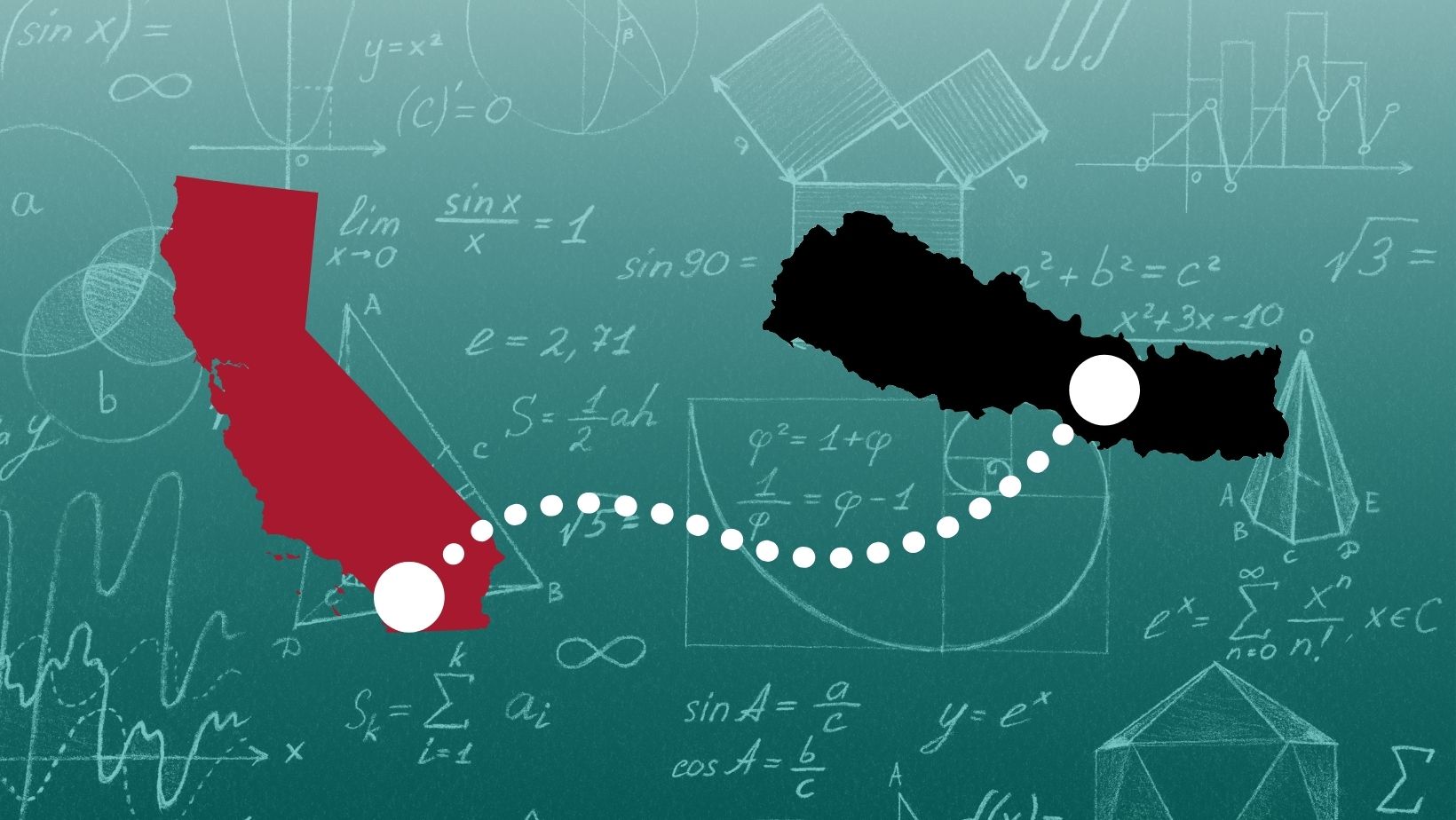
When SDSU math associate professor Naveen Vaidya published a paper in March 2021 modeling the effectiveness of COVID-19 lockdown policies in his home country of Nepal, the local government took notice.
This paper and previous conferences Vaidya organized laid the groundwork for a new partnership between San Diego State University’s Department of Mathematics & Statistics, the Nepali government, and Tribhuvan University, Vaidya’s alma mater in Kathmandu.
As a result of this unique collaboration, students from both universities will have opportunities to work with real-world, real-time data from Nepal’s Health Research Council. The team updates COVID data in Nepal regularly on their website.
This allows for more accurate data-driven models to inform policy decisions about multiple infectious diseases.
For example, analyses can suggest where to allocate the most intensive vaccination efforts or how effective it is to quarantine anyone that crosses the border between India and Nepal.
Vaidya said that the models of disease transmission across the border in Nepal are “directly applicable” to understanding cases in San Diego and Mexico. In fact, he and Tingting Tang, an assistant professor on SDSU’s Imperial Valley campus, are seeking to better understand COVID-19 cases there.
With just a few tweaks of parameters, cultural differences such as the purpose and degree of flow of people between countries can be represented accordingly.
Vaidya is excited to continue using mathematics to glean insight into biological and epidemiological questions that are difficult to answer via experiments.
Current and future collaborative projects will apply similar modeling techniques to diseases like malaria and HIV.